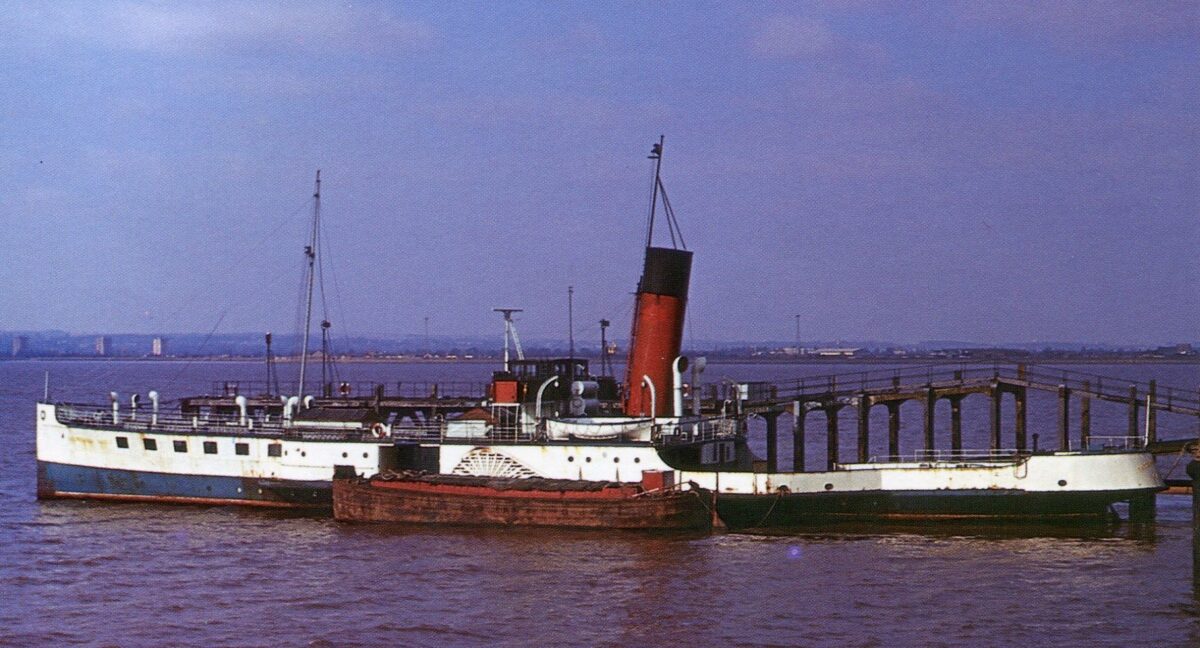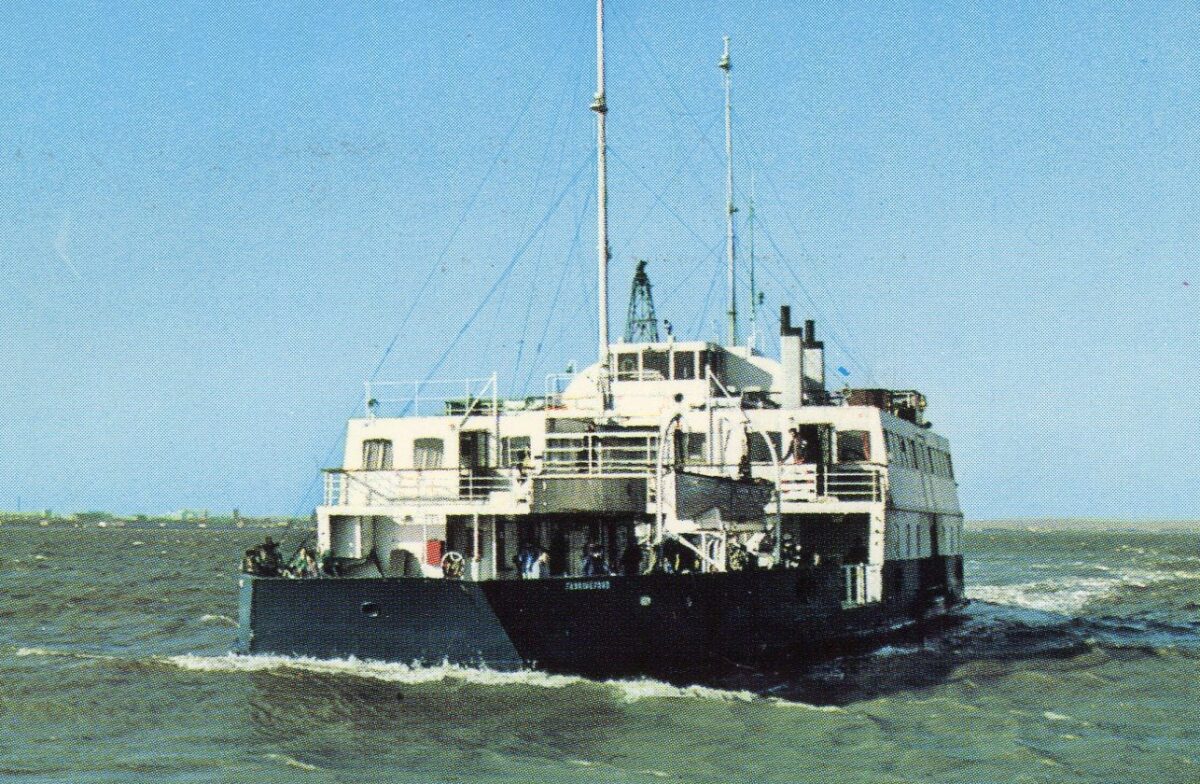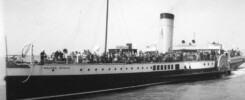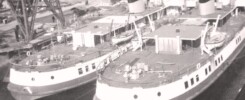
Wingfield Castle made her last voyage in steam with the 5.30pm departure from Hull to New Holland on Thursday 14th March 1974 under the command of Captain Stan Wright after which she was put up for sale.
Following the withdrawal of Tattershall Castle two years earlier and the subsequent introduction of a two ship only service on the Humber, management had a concern about how reliable the two remaining paddlers might become. By 1974 Wingfield Castle’s boiler was 40 years old and that of Lincoln Castle 34 years old. Would they last out, without the need for costly work on them, until the opening of the new Humber Bridge which then still lay seven years in the future.
In 1974 there also remained a concern about coal supplies for the paddlers with the National Union of Mineworkers continuing to be quarrelsome despite the settlement of their seven week strike two years earlier which had brought the paddle steamer service to a halt. After much bellicose argument during the latter part of 1973, on 24th January 1974, 81% of miners voted to strike once again which led Ted Heath’s Conservative Government to introduce a three day working week to try to conserve coal stocks. It was a difficult time. Electricity power cuts were widespread. And diesel was beginning to look like a more attractive fuel than coal.

A solution came with the replacement by newly built tonnage for the Isle of Wight service of the Lymington to Yarmouth car ferry Farringford. True she was already 27 years old, which is on the high side in the age stakes for a major ferry service, but she was still a spring chicken compared with the Wingfield Castle. And she didn’t burn coal.
Accordingly, after making her last voyage on the Lymington/Yarnouth ferry service on 8th November 1973, Farringford was dry-docked at Southampton for survey before being towed to Harwich by the tug Moorcraft for work to modify her for side loading cars at the Humber terminals of Hull and New Holland. She was then towed up to Hull by the tug Masterman where she first entered dry-dock to have her paddle floats, which had been removed for the tows, reattached. She then entered service in late January to cover Lincln Castle’s annual refit.
With Wingfield Castle making her last voyage on Thursday 14th March 1974, the service was then in the hands of Farringford and Lincoln Castle. Both were propelled by paddle wheels. Hurrah! One used coal and the other used diesel. Not so Hurrah!
However, from the management’s point of view, Farringford’s arrival on the Humber meant that in the event of even more militant action from the National Union of Mineworkers, which in 1974 looked very likely, then a service could still be maintained by at least one vessel of suitable size and capacity for both passengers and vehicles without the need for coal supplies.
Kingswear Castle returned to service in 2023 after the first part of a major rebuild which is designed to set her up for the next 25 years running on the River Dart. The Paddle Steamer Kingswear Castle Trust is now fund raising for the second phase of the rebuild. You can read more about the rebuilds and how you can help if you can here.
John Megoran
This article was first published on 14th March 2021.


